
As the political West struggles to maintain cohesion in what often resembles a dysfunctional marriage — one seemingly heading toward an inevitable divorce — events unfolding on the other side of the world are fostering optimism and belief in alternatives. China has set out to build a ‘positive peace’ (in Johan Galtung’s sense of well-being, progress, and emancipation). By successfully eradicating extreme poverty, nurturing a stable middle class, and achieving unprecedented economic growth, China has laid the foundations of such peace. With these domestic gains, it’s unsurprising that this philosophy has begun to take on an outward-facing form as well. In alignment with the principles of the United Nations Charter — and drawing on its historical wisdom — China has embraced globalization, seeing it as essential for building bridges of cooperation, all without imposing political conditions or meddling in the internal affairs of other nations.
For the first time in recent history, we are witnessing a profound civilizational divide in the economic sphere between the U.S. and China (for now, we can leave Europe to wrestle with its own demons and futile aspirations of global relevance). With Trump’s return to the White House, a major split seemed inevitable on multiple fronts — akin to an elephant crashing through a porcelain store. The violation of basic norms of decency, international humanitarianism, and fundamental political and economic principles is both evident and hard to ignore.
After some reflection, and with the calm of an experienced chess player, Beijing anticipated Trump’s moves towards the so-called ‘Liberation Day’, announced in his inaugural address. While the world braced for the reopening of the circus tent in the famous Rose Garden (how ironic), another meeting took place in Beijing. On March 28, President Xi Jinping and China’s top leadership met with over 40 global corporate CEOs. Their messages embodied the spirit of Chinese political philosophy: China does not divide nations into friends and enemies, but into friends and potential friends. In his address, Xi reaffirmed that China remains an open door for global business, positioning the country as an oasis of globalization and stable economic relations.
Xi’s remarks celebrated foreign corporations that have long collaborated with China, underscoring that foreign investments helped China integrate into the global economy, modernize its industries, and create jobs. China’s policy of openness will continue to evolve with even greater intensity, focusing on liberalizing markets, improving institutional frameworks, and ensuring fair treatment for foreign businesses. China promises a stable political environment, a secure market, and the world’s largest middle class. In conclusion, Xi emphasized that investing in China means investing in the future — a brighter tomorrow for all.
Just a few days later, on April 2, a starkly contrasting spectacle unfolded in Washington. U.S. President Trump delivered a performance from which many have yet to recover. His announcement of increased tariffs, affecting all countries, alienated even some of America’s closest allies. Framed as a necessary response to a ‘national emergency’ (the pretext is made because of legal reasons, not security ones), his speech, which many compared to a speech more fitting for a kindergarten class than the leader of the world’s military superpower, painted a narrative of self-victimization. He spoke of a brutalised America, ‘raped and robbed,’ with no mention of the exploitation, interventions, or foreign annexations that have long characterized U.S. policies.
Economists quickly identified the tariffs as a manifestation of economic protectionism, shielding domestic industries from foreign competition. However, they also saw it as a denial of two crucial truths: first, that other countries are not responsible for America’s trade deficit, and second, that any positive effects from the tariff war would benefit the wealthiest, not the poorest, Americans.
It doesn’t require great insight to conclude that Trump’s approach is diametrically opposed to Xi’s. While China promotes openness, cooperation, and interdependence, the U.S. is retreating into isolation, generating instability and unpredictability in global markets. The Chinese approach is rooted in mutual benefit and global interconnectedness, while Trump amplifies economic fragmentation, threatening to disrupt global supply chains.
It soon became clear to nations affected by Trump’s tariffs that they faced a choice between two models: Xi’s, which offers cooperation, investment, and progress for all, and Trump’s, which demands isolation, self-protection, and a world full of enemies seeking to harm us.
China seeks to position itself as a leader in global stability and growth, while the U.S. clings to isolationism and economic nationalism. Xi’s approach reinforces China’s long-standing message: globalization is the key to fostering partnership and stability, particularly through initiatives like the Belt and Road. In a world of increasing instability, China is presenting itself as the oasis of security for capital, offering long-term predictability and geoeconomic security.
Conversely, the U.S. is retreating into a form of economic sovereignty that risks alienating global partners. Trump’s tariffs, for instance, undermine the World Trade Organization’s rules and contribute to the fragmentation of global trade. Rather than serving as a driver of global growth, the U.S. is increasingly becoming a disruptive force on the world stage.
The geopolitical implications of these divergent paths are stark: China’s approach embodies power through connection and cooperation, while the U.S. seeks power through control and coercion. Some view China’s ‘soft power’ as a way to expand influence through infrastructure, trade, and investment — without direct confrontation. By fostering a global network of interdependence, China’s model appears especially attractive to Global Majority countries, and even some Global North and neighbouring nations. Following Trump’s economic war declaration, China’s position has gained even more relevance. The direct response came swiftly: Beijing denounced the new US duties as ‘a typical unilateral bullying move’ that ‘does not comply with the rules of international trade and seriously damages the legitimate rights and interest of China’.
In contrast, the U.S. strategy appears as a form of economic blackmail, tariffs, sanctions, and restrictions to maintain geopolitical dominance. However, this strategy is increasingly out of touch with the realities of the globalized world. The economic elites that dominate Washington are impoverishing the American public, and Trump’s tariffs will further burden the poorest — a scenario that could hasten the decline of the U.S. as a global economic leader and accelerate the de-dollarization of the world.
The key strategic question today is: who will lead post-neoliberal globalization? While we are already living in a post-neoliberal world (with some arguing that capitalism itself is dead), it is crucial to ask who will shape globalization going forward. Will the world embrace an inclusive, interconnected model with new power centres? Or will fragmented, de-globalised economic blocks rule the future?
At present, China declares, the world is big enough for all. The U.S. retorts, you’re either with us or against us — and if you’re not, you’ll pay higher tariffs or buy our weapons. This is more than just an economic standoff; it’s a civilizational, value-based, and strategic divide. The way this dynamic evolves will define the future of the global economic order.
*
Click the share button below to email/forward this article. Follow us on Instagram and X and subscribe to our Telegram Channel. Feel free to repost Global Research articles with proper attribution.
Biljana Vankovska is Professor of political science and international relations at Ss. Cyril and Methodius University in Macedonia, TFF board member, No Cold War collective member, peace activist, leftist, columnist, 2024 presidential candidate
Featured image: Paresh Nath, U.T. Independent, India (Source)
Global Research is a reader-funded media. We do not accept any funding from corporations or governments. Help us stay afloat. Click the image below to make a one-time or recurring donation.
Counter Information publish all articles following the Creative Commons rule creative commons. If you don't want your article to appear in this blog email me and I will remove it asap.








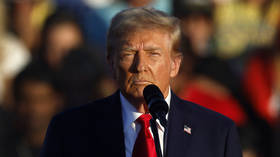
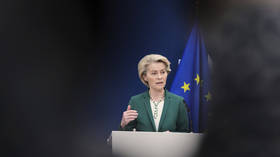

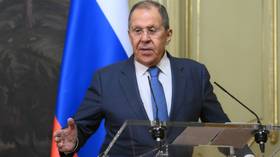
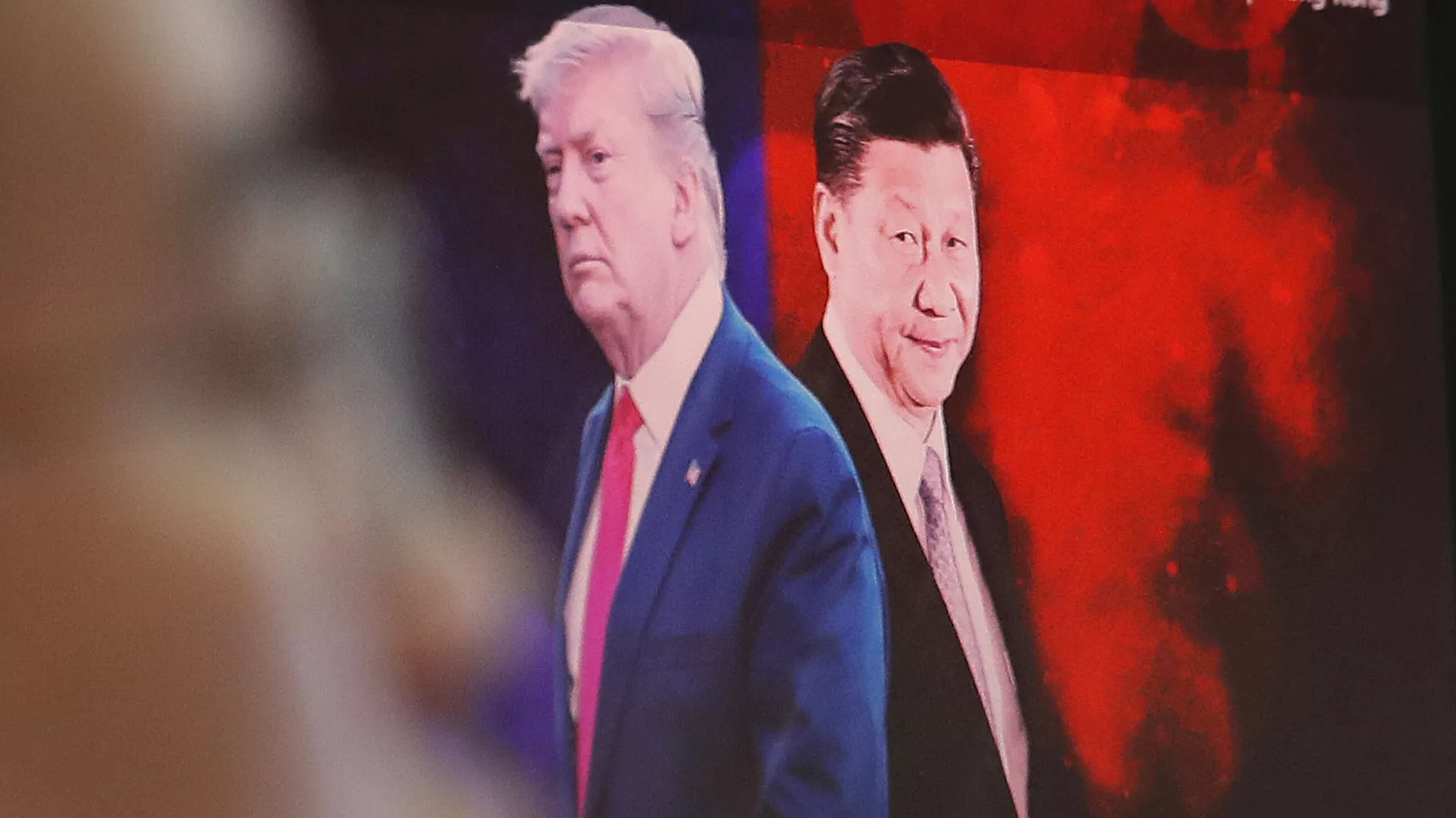
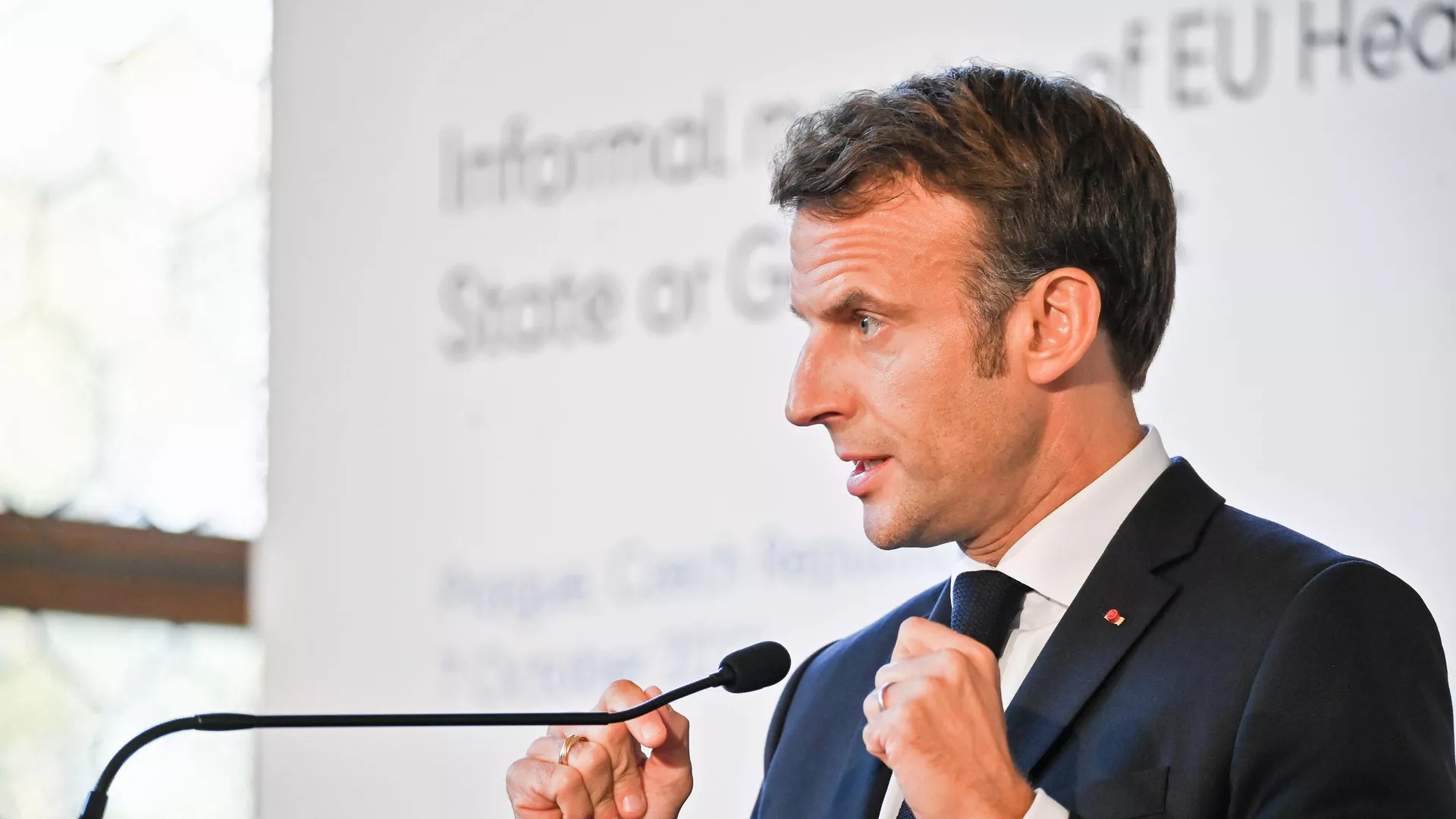






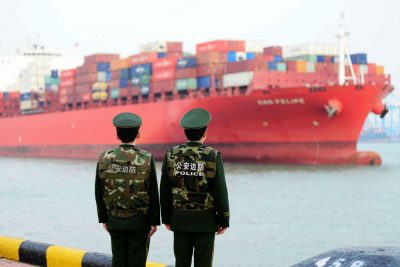
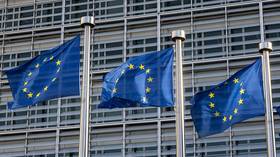
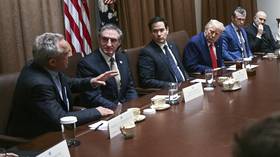

















No comments:
Post a Comment